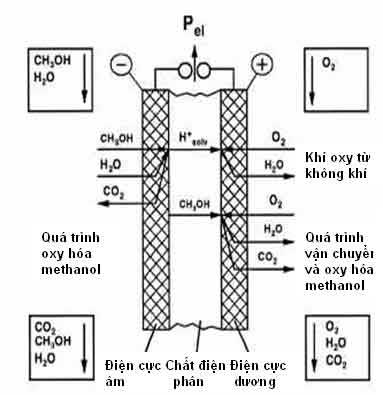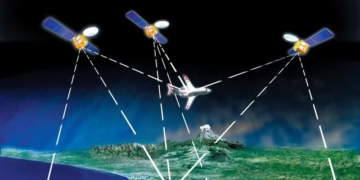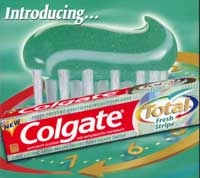Japanese scientists have developed a new type of fuel cell that can power mobile phones for several days using just a droplet of methanol the size of a human tear.
Kurita Water Industries, the company behind this fuel cell, estimates that the product will not be available on store shelves for another three years. The discovery of this fuel cell significantly contributes to the use of environmentally friendly energy sources. Many believe that in the future, fuel cells will replace organic batteries as a primary energy source.
 |
|
Diagram of the structure and operation of the methanol fuel cell. |
This new fuel cell was showcased at the FC Expo in Tokyo. It emerged thanks to technology developed during the arms race. According to exhibition participants, it won’t be long before fuel cells are used as power sources in cars, computers, mobility devices for people with disabilities, motorcycles, and even for heating homes.
Meanwhile, the American company UntaCell has announced that it will soon conduct field tests of fuel cells designed for the U.S. military. Future soldiers will head into battle with a few fuel cells instead of dozens of lithium batteries to power night vision goggles, laser sights, and other necessary devices.
However, even the most enthusiastic supporters of fuel cells remain skeptical about their commercial viability in the near future.
Christopher Onder, a Swiss engineer who invented the world’s most fuel-efficient car powered by a fuel cell that can travel 20 meters on just 1 gram of hydrogen, states that there may have been too much optimism surrounding fuel cells.
Two years ago, all exhibition participants claimed that fuel cells would be widely used within 10 years, but now they believe it is more realistic to say that the timeline is 20 years.


















































